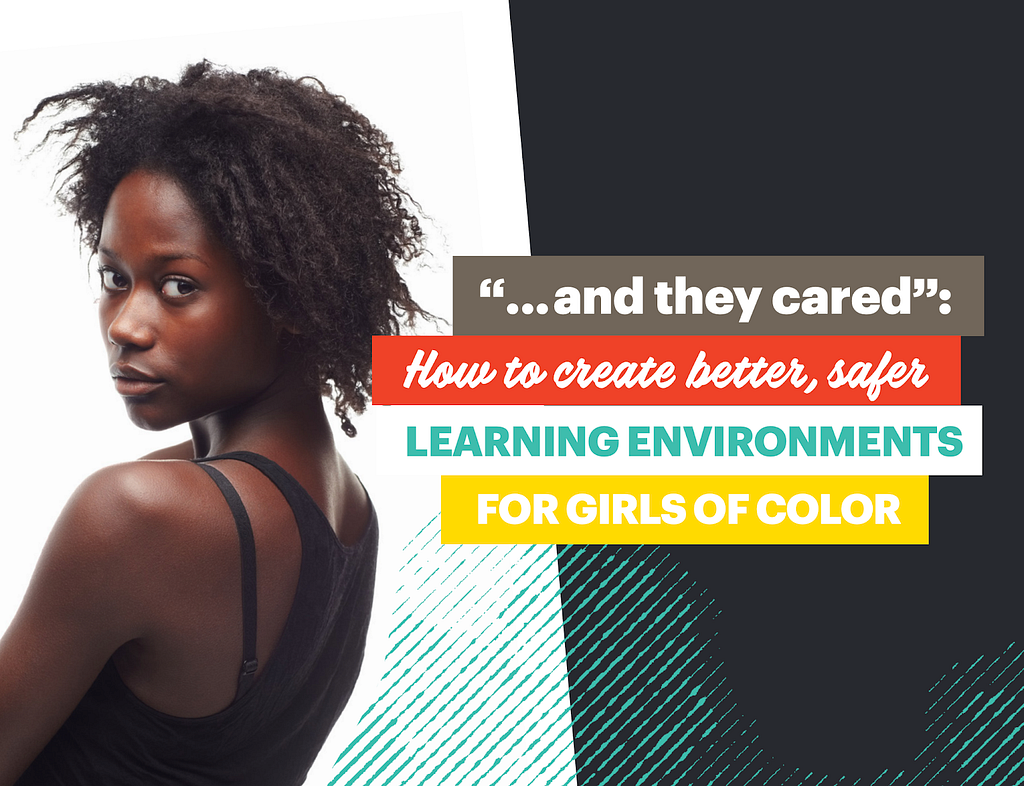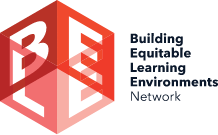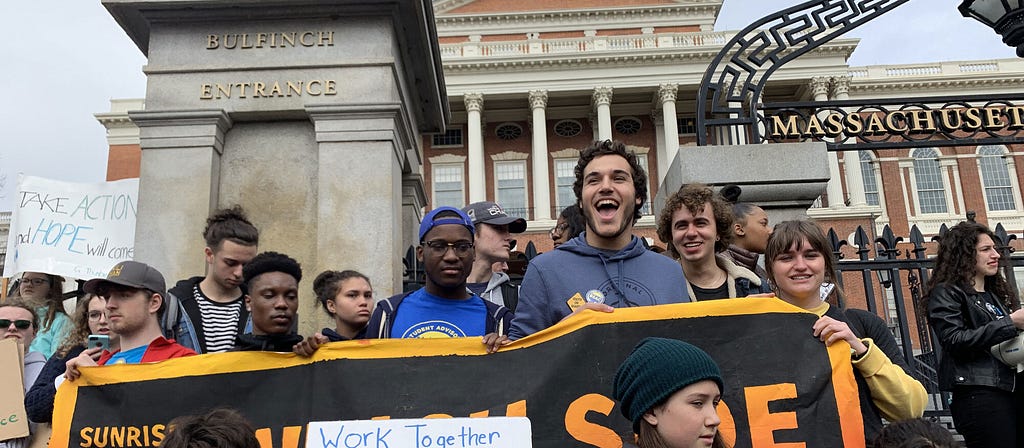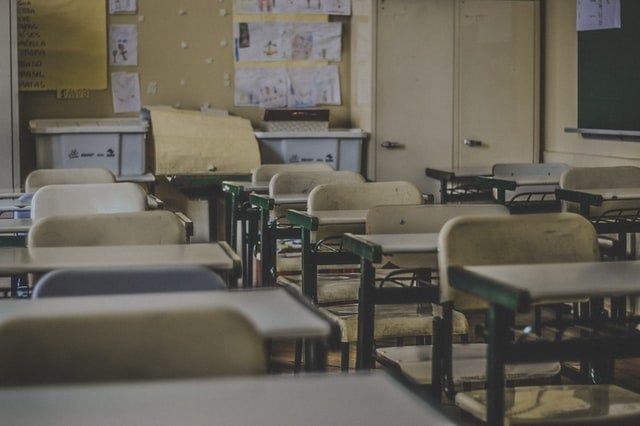Rectifying exclusionary discipline practices in schools
By The BELE Network

In schools across the country, girls of color face some of the greatest barriers to educational opportunities. They are often disproportionately disciplined for subjective offenses like being “too loud,” “too assertive,” or “too adult-like.”
But these racial disparities in school discipline are not inevitable. The National Women’s Law Center and The Education Trust have created a guide to help school districts implement intentional and specific policy and financial decisions that can address the legacy of 400 years of systemic anti-Blackness and rectify disparate discipline practices that Black and brown girls are experiencing.
The guide features stories from Oakland, Chicago, and Massachusetts told through the voices of Latina and Black girls, as well as a checklist for policymakers, advocates, and school leaders interested in pushing these conversations in their own districts and states.
For more information, read the full report here. For just the actionable checklist, visit this link.
And for more information and resources on how to center equity and students this fall, check out our back to school guide here.
ABOUT THE EDUCATION TRUST
The Education Trust is a national nonprofit that works to close opportunity gaps that disproportionately affect students of color and students from low-income families. Through our research and advocacy, Ed Trust supports efforts that expand excellence and equity in education from preschool through college; increase college access and completion, particularly for historically underserved students; engage diverse communities dedicated to education equity; and increase political and public will to act on equity issues.
ABOUT THE NATIONAL WOMEN’S LAW CENTER
The National Women’s Law Center fights for gender justice — in the courts, in public policy, and in our society — working across the issues that are central to the lives of women and girls. We use the law in all its forms to change culture and drive solutions to the gender inequity that shapes our society and to break down the barriers that harm all of us — especially those who face multiple forms of discrimination. For more than 45 years, we have been on the leading edge of every major legal and policy victory for women.



